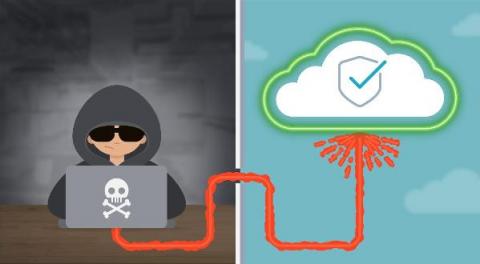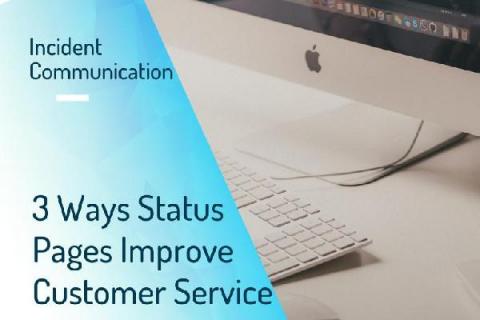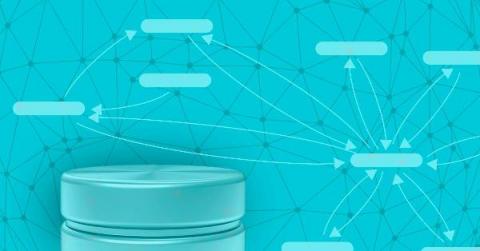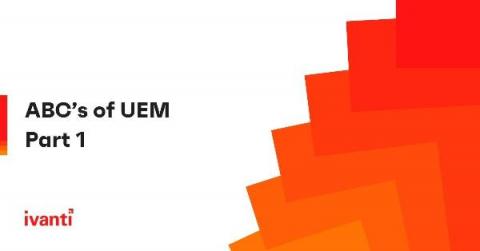Segment vs Rudderstack vs alternatives in 2021 - Go Data Warehouse-first?
For marketing and product teams in 2021, using a customer data platform (or CDP) to pipe and clean data from their websites and web apps to various other services have become a widely used industry standard. More specifically, Segment's adoption has skyrocketed in startups and later stage companies and I predict their growth to continue across enterprises with their acquisition into Twilio.











